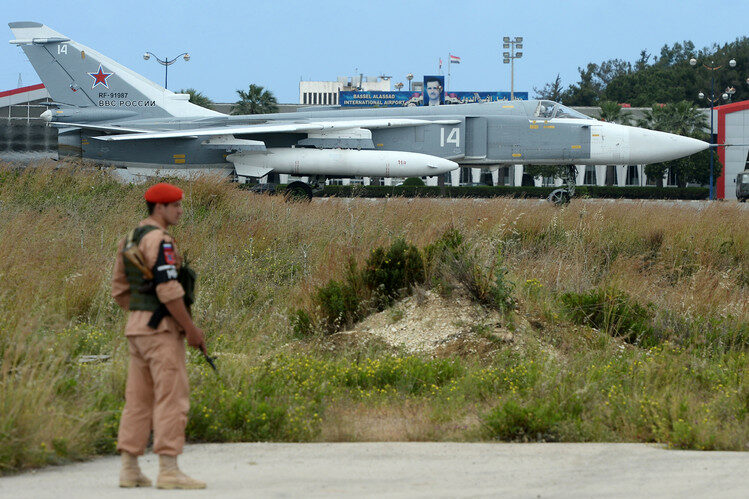On June 25, a new series of Russian airstrikes hit positions of al-Qaeda-affiliated Hay’at Tahrir al-Sham (HTS) and its allies in the northwestern Syrian region of Greater Idlib.
The airstrikes targeted positions near the town of Kabani in the northern Lattakia countryside, the city of Jisr al-Shughur in the western Idlib countryside, al-Arbaeen Mount and the village of Beinin in the southern Idlib countryside as well as the western outskirts of Idlib city.
The Syrian Observatory for Human Rights, a London-based pro-opposition monitoring group, said that several militants from HTS and the Turkistan Islamic Party were killed or wounded in the airstrikes.
The Russian Aerospace Forces resumed airstrikes on Greater Idlib late on June 23 in response to three drone attacks that targeted the government-held towns of Salhab and Deir Shamil in the western Hama countryside, and al-Qardahah in the northern Lattakia countryside. HTS was unofficially blamed for the drone attacks, which killed four civilians, including a woman and two children and wounded at least four others.
The terrorist group and its allies escalated further on June 24 by firing two rockets at al-Qaedahah and the nearby town of Slanfah in the northern Lattakia countryside. However, there were no casualties.
The first waves of Russian retaliatory airstrikes hit several positions of HTS and its allies which were used to launch the deadly drone attacks.
The recent attacks by HTS and its allies were a violation of the ceasefire in Greater Idlib, which was brokered by Russia and Turkey more than three years ago. To this day, the Turkish military maintains a large presence in the region, supposedly to monitor the ceasefire.
Any further escalation in the region could lead to a serious military confrontation. This may be the main aim of the terrorist groups there, who fear that a normalization deal between Ankara and Damascus may be nearing.
MORE ON THIS TOPIC:


